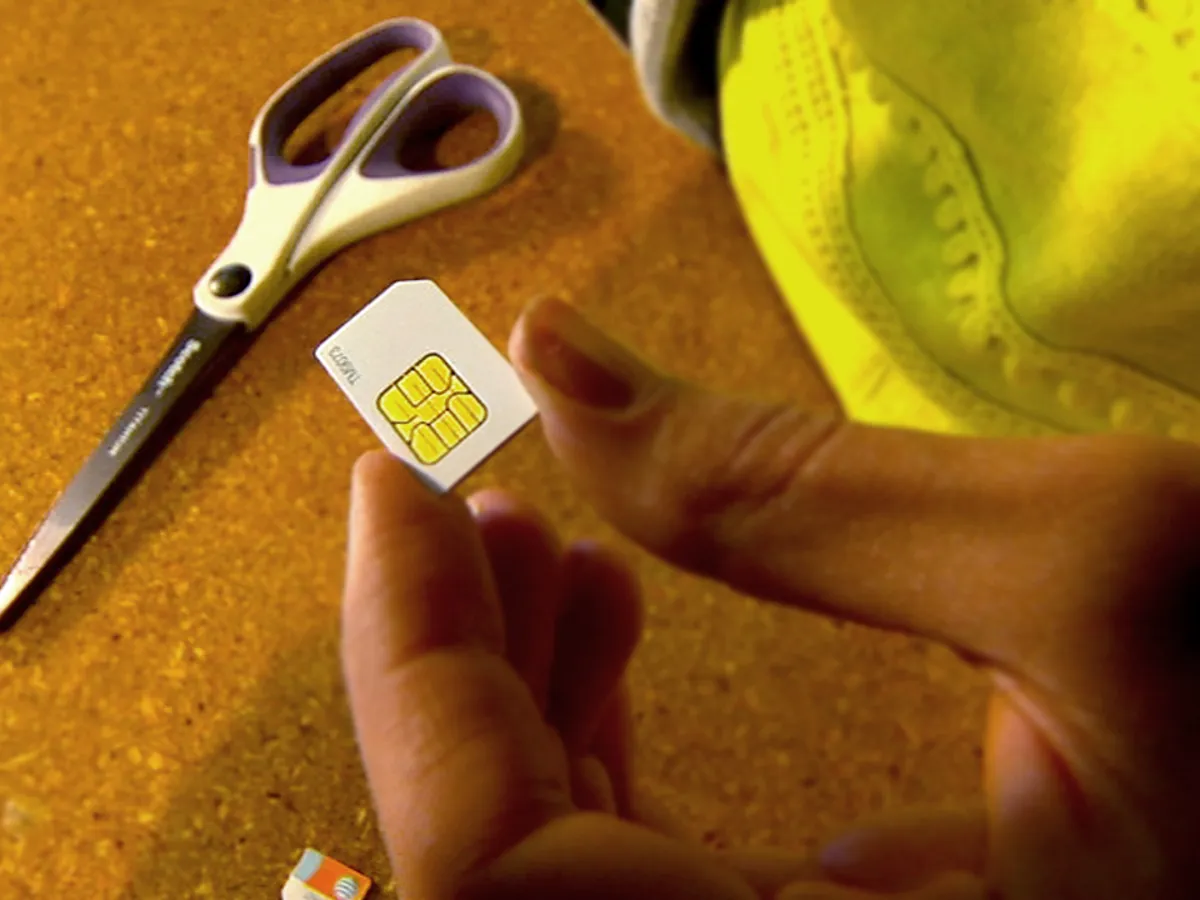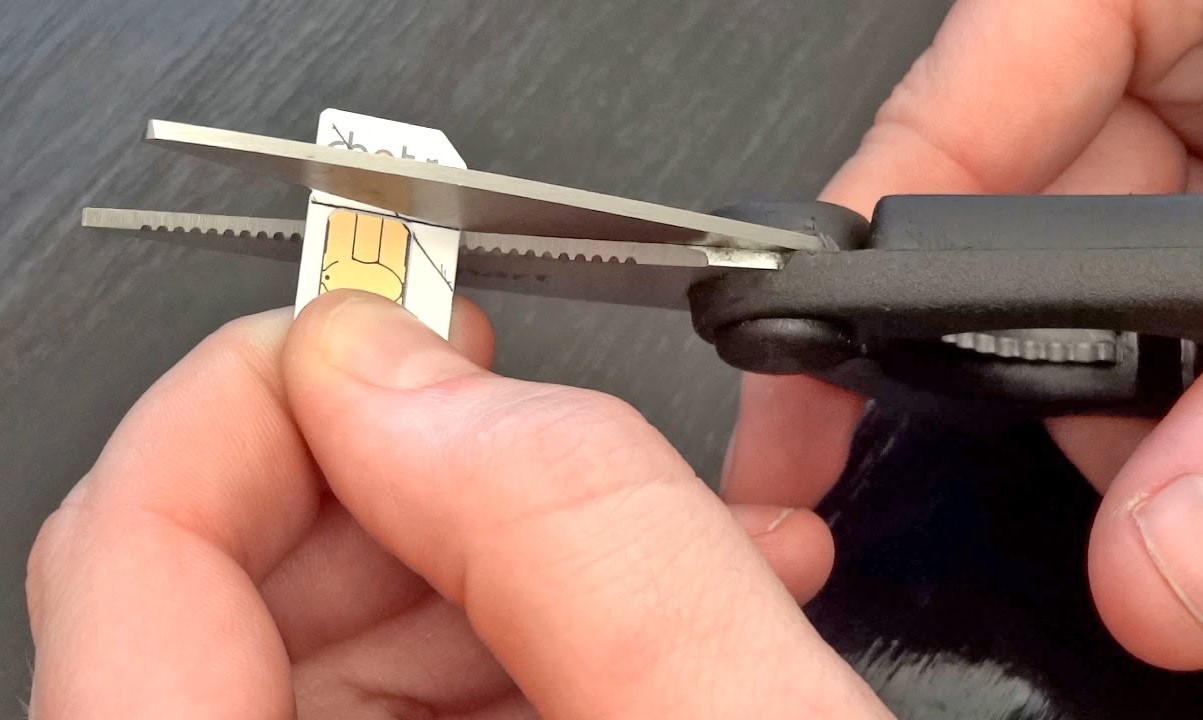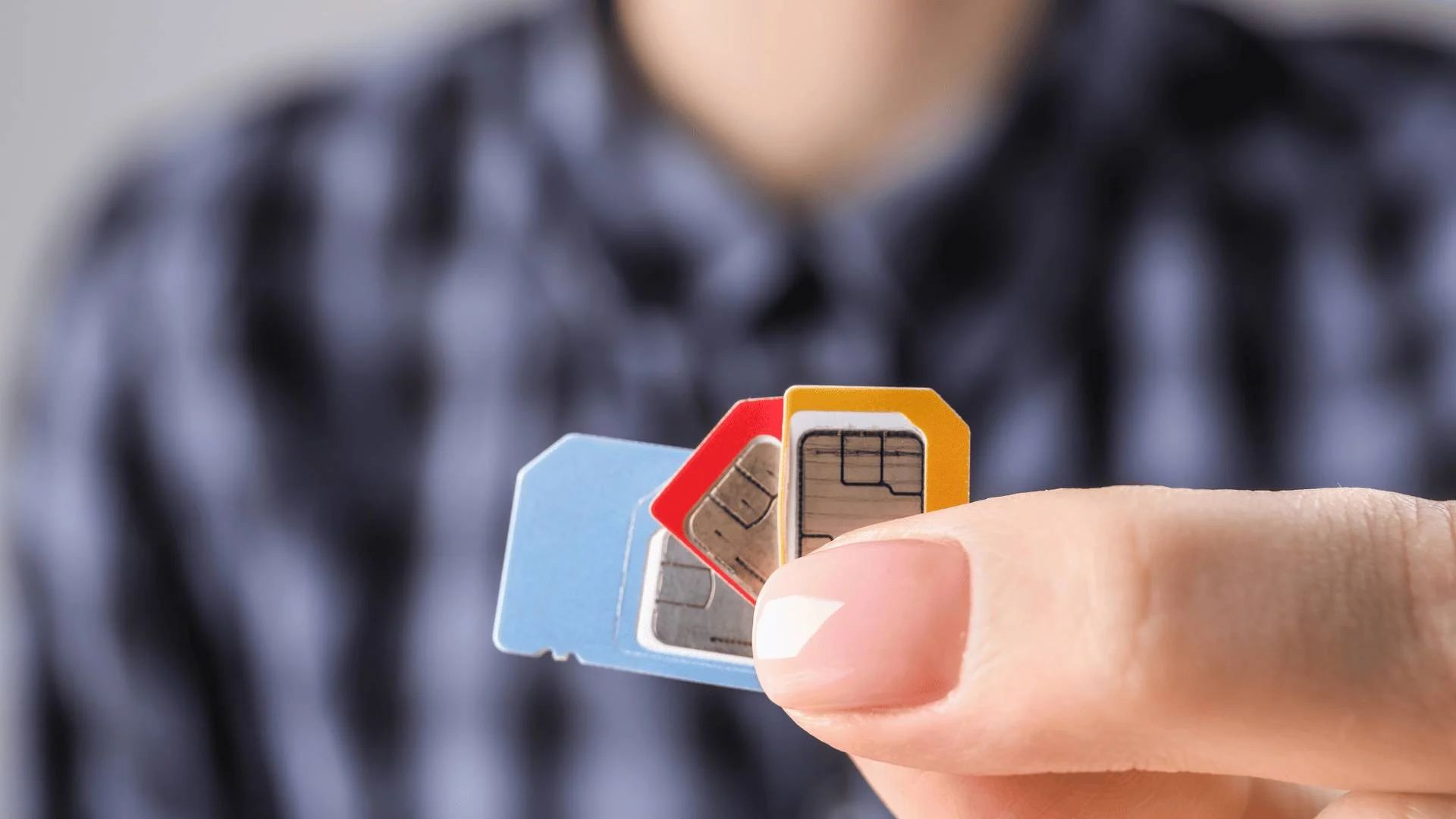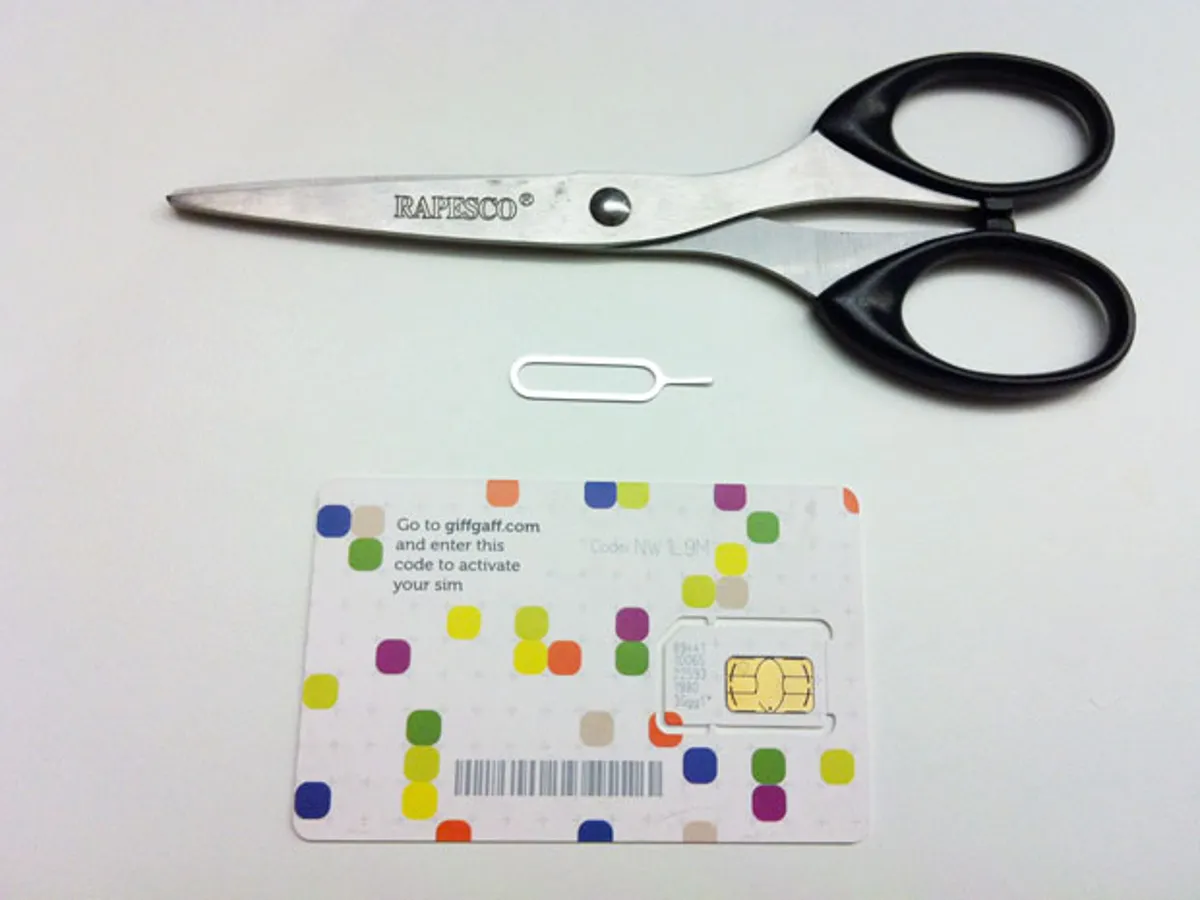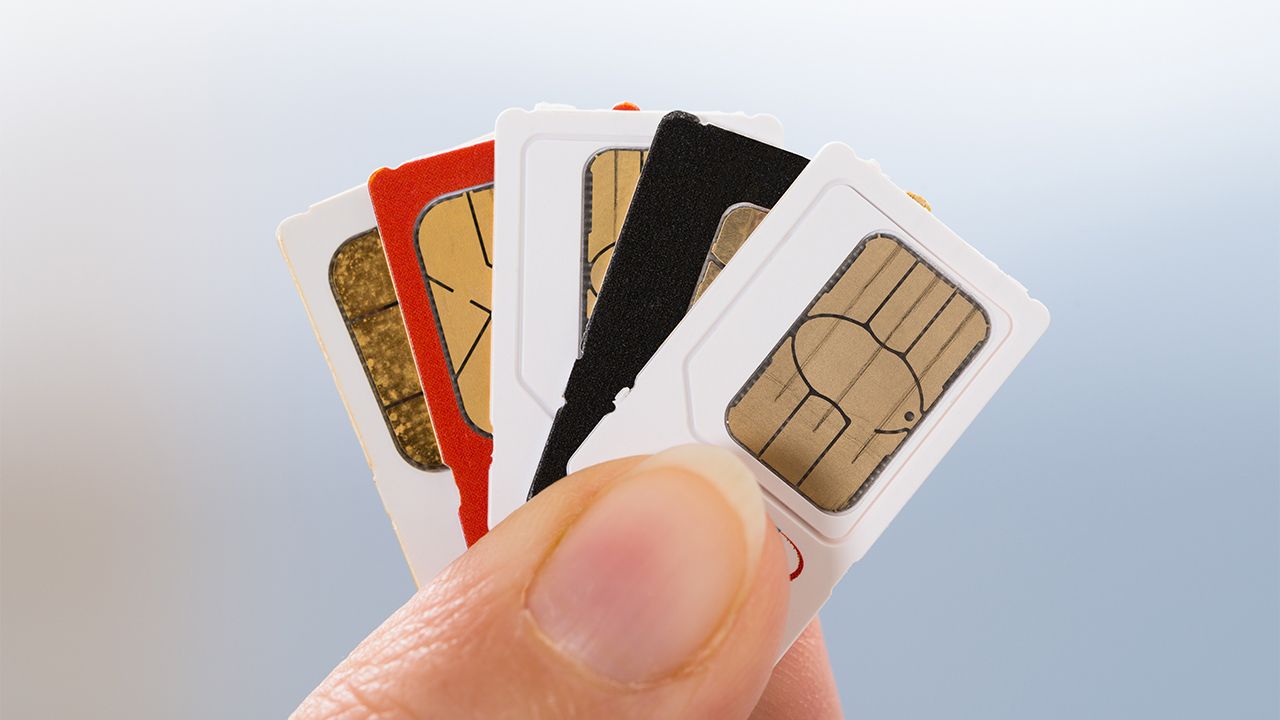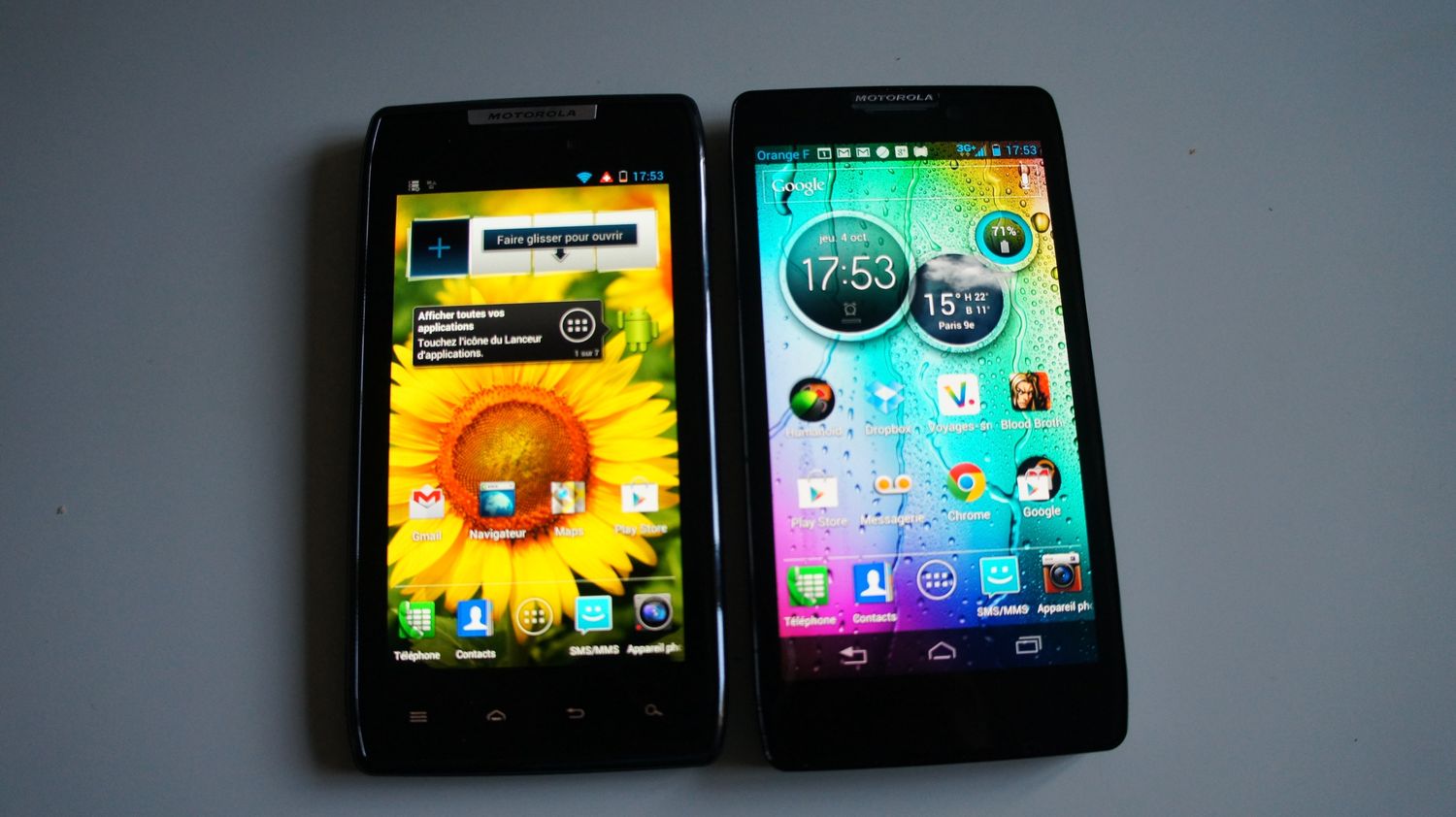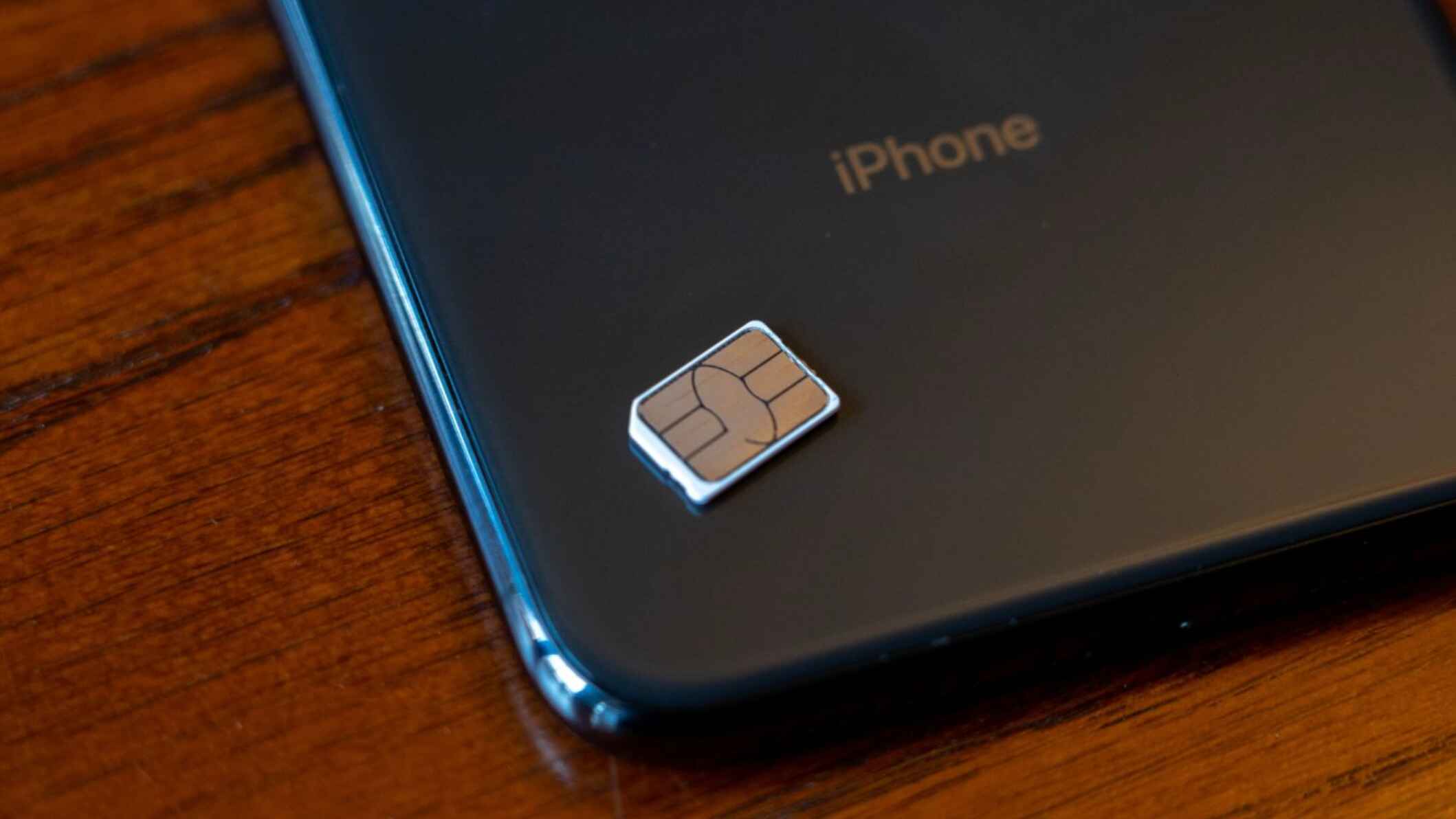Introduction
When you find yourself with a new mobile device that requires a different SIM card size than the one you currently have, it can be a bit frustrating. However, before you rush out to purchase a new SIM card, it's worth considering whether you can safely cut your current SIM card to fit the new device. This can save you time and money, and with the right tools and a steady hand, it's a feasible task for many people.
In this guide, we'll delve into the process of safely cutting a SIM card to fit your device. We'll explore the different sizes of SIM cards and the devices they are compatible with, the tools and materials you'll need for the task, and provide a step-by-step guide to help you navigate through the process with confidence. Additionally, we'll discuss the importance of testing the cut SIM card to ensure it functions properly in your device.
By the end of this article, you'll have a clear understanding of how to safely cut a SIM card to fit your device, empowering you to adapt your existing SIM card to suit your new device without the need for a new one. Let's dive into the intricacies of SIM card sizes and the process of cutting them to fit various devices.
Understanding the Different SIM Card Sizes
SIM cards come in various sizes, each designed to fit different types of mobile devices. Understanding the differences between these sizes is crucial when considering the option of cutting a SIM card to fit a new device. The three primary SIM card sizes are the standard SIM, micro-SIM, and nano-SIM.
-
Standard SIM Card: The standard SIM card, also known as a mini-SIM, was the original SIM card size and measures about 25mm x 15mm. This size was prevalent in older mobile devices and is less common in modern smartphones and tablets.
-
Micro-SIM Card: The micro-SIM, introduced to accommodate slimmer and more compact devices, measures approximately 15mm x 12mm. Many smartphones released in the mid-2010s, such as the iPhone 4 and Samsung Galaxy S3, utilized the micro-SIM size.
-
Nano-SIM Card: The nano-SIM is the smallest of the three sizes, measuring around 12.3mm x 8.8mm. This size is currently the most widely used in modern smartphones, including the iPhone 5 and later models, as well as various Android devices.
When considering whether to cut a SIM card to fit a new device, it's essential to identify the SIM card size required by the device. While some devices are compatible with multiple SIM card sizes, others may only accept a specific size. Manufacturers typically provide information about the required SIM card size in the device's user manual or on their official website.
In some cases, mobile carriers may provide SIM cards with perforated outlines, allowing them to be easily converted between different sizes. However, if this option is not available, carefully cutting a larger SIM card down to a smaller size may be necessary. This process requires precision and caution to ensure the SIM card remains functional after being cut.
By understanding the distinctions between standard, micro, and nano SIM cards, individuals can make informed decisions about whether to pursue the option of cutting a SIM card to fit a new device. This knowledge is invaluable when seeking to adapt existing SIM cards to accommodate the evolving landscape of mobile technology.
Tools and Materials Needed
To successfully cut a SIM card to fit a new device, you will need the following tools and materials:
-
SIM Card Adapter: This adapter allows you to accurately trace the outline of the new SIM card size onto the existing SIM card. It serves as a guide for the cutting process, ensuring precision and reducing the risk of errors.
-
Fine Grit Sandpaper or Nail File: After cutting the SIM card, a fine grit sandpaper or a nail file is essential for smoothing the edges. This step is crucial to ensure that the newly cut SIM card fits seamlessly into the SIM card tray of the new device without any protrusions or rough edges that could hinder its insertion.
-
Permanent Marker: A permanent marker is used to mark the outline of the new SIM card size onto the existing SIM card. This provides a clear guide for the cutting process, allowing for accuracy and minimizing the margin of error.
-
Sharp Pair of Scissors or Cutting Tool: A sharp pair of scissors or a specialized cutting tool designed for cutting SIM cards is necessary for the precise cutting of the SIM card to the required size. It is crucial to use a sharp and precise cutting tool to achieve clean and accurate cuts without damaging the SIM card.
-
Tape or Adhesive: After cutting the SIM card, a small piece of tape or adhesive can be used to affix the newly cut SIM card to the SIM card adapter, ensuring that it remains in place during the cutting process and preventing any potential movement that could lead to inaccuracies.
-
Ruler or Measuring Device: A ruler or another measuring device is essential for accurately marking the outline of the new SIM card size onto the existing SIM card. This ensures that the cutting process is performed with precision, resulting in a properly sized SIM card for the new device.
By gathering these tools and materials, you will be well-equipped to undertake the process of cutting a SIM card to fit your new device. With the right tools and careful execution, you can confidently adapt your existing SIM card to meet the requirements of your latest mobile device, saving both time and resources in the process.
Step-by-Step Guide to Cutting a SIM Card
-
Prepare the SIM Card and Adapter: Begin by placing the existing SIM card onto the appropriate slot of the SIM card adapter. Ensure that the edges of the SIM card align with the outline of the desired SIM card size on the adapter. Use a small piece of tape or adhesive to secure the SIM card in place, preventing any movement during the cutting process.
-
Mark the Cutting Lines: Using a permanent marker, carefully trace along the edge of the SIM card adapter to mark the cutting lines onto the SIM card. This step is crucial as it provides a clear guide for the cutting process, ensuring precision and accuracy.
-
Double-Check the Markings: Once the cutting lines are marked, double-check to ensure that they align accurately with the outline of the desired SIM card size. Precision is key at this stage to avoid any errors during the cutting process.
-
Cut Along the Marked Lines: Using a sharp pair of scissors or a specialized cutting tool designed for SIM cards, carefully cut along the marked lines on the SIM card. Exercise caution and maintain a steady hand to achieve clean and accurate cuts. It's essential to follow the marked lines closely to ensure that the SIM card is cut to the correct size.
-
Smooth the Edges: After cutting the SIM card, use fine grit sandpaper or a nail file to smooth the edges of the newly cut SIM card. This step is crucial to ensure that the SIM card fits seamlessly into the SIM card tray of the new device without any protrusions or rough edges that could hinder its insertion.
-
Test the Fit: Once the edges are smoothed, place the newly cut SIM card into the SIM card tray of the new device. Ensure that it fits snugly and smoothly without any resistance. If the fit is too tight or the SIM card does not insert properly, use the sandpaper or nail file to make further adjustments as needed.
-
Final Inspection: Inspect the newly cut SIM card to ensure that it matches the dimensions of the required SIM card size for the new device. Check for any irregularities or rough edges that may hinder its functionality. If necessary, make additional adjustments to achieve a precise fit.
By following this step-by-step guide with precision and care, you can confidently cut a SIM card to fit your new device, adapting your existing SIM card to meet the specific requirements of modern mobile technology.
Testing the Cut SIM Card
After completing the intricate process of cutting a SIM card to fit a new device, it's crucial to conduct thorough testing to ensure the functionality and compatibility of the modified SIM card. Testing the cut SIM card involves a series of steps to verify its performance and proper fit within the new device.
-
Insertion and Ejection: Begin by carefully inserting the newly cut SIM card into the SIM card tray of the new device. Ensure that it slides in smoothly and securely without any resistance. Similarly, test the ejection of the SIM card to confirm that it can be removed effortlessly without any complications.
-
Network Connectivity: Once the SIM card is inserted, power on the device and navigate to the network settings. Verify that the device recognizes the SIM card and displays the appropriate network signal. Attempt to make a call, send a text message, and access mobile data to confirm that the SIM card establishes a stable connection to the network.
-
SIM Card Recognition: Check the device's settings or status indicators to confirm that it recognizes the SIM card's details, such as the mobile carrier's name, phone number, and data plan information. This step ensures that the device accurately identifies and integrates the modified SIM card.
-
Data Functionality: Test the data functionality of the SIM card by accessing the internet, sending multimedia messages, and using data-dependent applications. Verify that the data connection remains consistent and reliable, allowing for seamless browsing and communication.
-
Call and Text Functions: Place a test call and send text messages to confirm that the SIM card facilitates voice calls and messaging without any issues. Pay attention to call clarity, signal strength, and the ability to send and receive text messages promptly.
-
Device Compatibility: If the new device supports additional features such as dual SIM functionality or advanced network technologies, assess whether the modified SIM card seamlessly integrates with these capabilities without any conflicts or performance issues.
-
Long-Term Stability: Allow the device to operate with the modified SIM card for an extended period to assess its long-term stability. Monitor the network connectivity, call quality, and data performance to ensure that the modified SIM card consistently delivers reliable functionality.
By meticulously testing the cut SIM card across these parameters, individuals can ascertain its seamless integration with the new device, ensuring that it functions reliably and without any compromises. This comprehensive testing process provides assurance that the modified SIM card aligns with the specifications and requirements of the device, empowering users to confidently utilize their adapted SIM card in the ever-evolving landscape of mobile technology.
Conclusion
In the realm of mobile technology, the adaptability of SIM cards to different devices is a crucial aspect that empowers users to seamlessly transition between smartphones, tablets, and other mobile gadgets. The process of safely cutting a SIM card to fit a new device serves as a valuable skill, enabling individuals to optimize the use of their existing SIM cards without the need for immediate replacements. By carefully understanding the distinctions between standard, micro, and nano SIM cards and employing the appropriate tools and materials, users can confidently undertake the task of cutting a SIM card to align with the requirements of their latest mobile device.
The journey of safely cutting a SIM card encompasses meticulous planning, precise execution, and thorough testing. From marking and cutting the SIM card to smoothing its edges and conducting comprehensive functionality tests, each step demands attention to detail and a steady hand. This process represents a harmonious blend of technical precision and practical adaptability, allowing individuals to tailor their SIM cards to the evolving landscape of mobile technology.
Upon successfully cutting a SIM card to fit a new device, the comprehensive testing phase becomes pivotal in validating the modified SIM card's functionality and compatibility. By assessing network connectivity, data functionality, call and text capabilities, and long-term stability, individuals can ensure that the modified SIM card seamlessly integrates with the new device, delivering reliable performance across various usage scenarios.
Ultimately, the ability to safely cut a SIM card to fit a new device represents a resourceful approach to mobile device compatibility, offering users the flexibility to adapt their existing SIM cards to the requirements of modern smartphones and tablets. This process embodies the spirit of innovation and practicality, empowering individuals to optimize their mobile experience while minimizing unnecessary expenses and resource consumption.
As technology continues to evolve, the skill of safely cutting a SIM card remains a valuable asset, allowing users to bridge the gap between different generations of mobile devices and maximize the utility of their SIM cards. With a blend of precision, adaptability, and thorough testing, individuals can confidently embark on the journey of cutting a SIM card, embracing the dynamic nature of mobile technology with resourcefulness and ingenuity.







